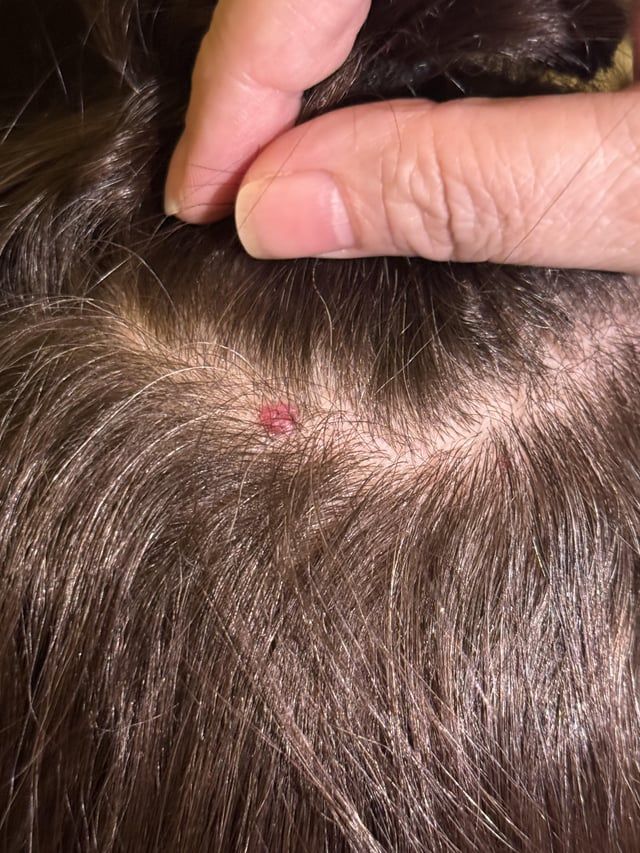Moles, also known as nevi, are clusters of pigmented cells that can appear anywhere on the body—including the scalp. These growths are usually harmless and may remain unchanged for years. However, because the scalp is not easily visible, many people may overlook changes in size, shape, or color that could be important health indicators.
Scalp moles may differ in texture and appearance. Some are flat and blend into the skin, while others are raised or hairy. Due to the hair covering the area, these moles often go unnoticed until they become bothersome or suspicious. For individuals considering Mole Removal In Dubai, early assessment is key to determining whether removal is advisable or necessary.
Why Do Moles Form on the Scalp?
Genetic and Environmental Influences
Moles often appear as a result of genetics, sun exposure, or hormonal changes. People with fair skin or a family history of moles are more likely to develop them. Although the scalp is typically covered by hair, it can still be exposed to UV radiation, especially in thinning or balding areas, making it vulnerable to mole formation.
Hormonal Triggers
Hormonal changes during puberty, pregnancy, or aging can trigger the appearance of new moles or cause existing ones to change. These changes are natural but should be monitored regularly.
When Should You Consider Removing a Scalp Mole?
Medical Concerns
Not all moles require removal, but there are medical indications that make removal advisable. If a mole on the scalp begins to itch, bleed, grow, or change color, it could be a sign of malignancy. In such cases, a medical professional will recommend a biopsy or complete removal for diagnostic purposes.
Cosmetic and Practical Reasons
Scalp moles can sometimes interfere with grooming activities like brushing, combing, or shaving the head. They may also be located in areas that are easily irritated by hair products or frequent scalp contact. For aesthetic or comfort reasons, many people opt to remove these moles.
Is Scalp Mole Removal Safe?
Evaluation and Safety Measures
Scalp mole removal is generally considered safe when performed under professional care. The procedure usually begins with a detailed assessment, including visual inspection and possibly dermatoscopy. If needed, a biopsy may be performed to rule out malignancy before full removal.
Tailored Techniques
Due to the unique anatomy of the scalp—rich blood supply and hair follicles—special care is taken to minimize complications. Techniques are often adapted based on the location, size, and type of mole to ensure safe and effective removal.
Common Mole Removal Techniques for the Scalp
Excisional Surgery
In this method, the mole is cut out along with a small margin of surrounding skin. This is a preferred technique for larger or suspicious moles and allows for complete histological examination.
Shave Removal
This involves shaving off the raised mole above the skin’s surface. It's generally used for benign, non-cancerous moles and leaves minimal scarring.
Laser Treatment
Laser mole removal uses light energy to break down pigmented cells. It's best suited for small, flat moles and offers minimal downtime. However, it may not be ideal for moles that require histological analysis.
Cryotherapy
In cryotherapy, liquid nitrogen is used to freeze and destroy mole cells. While not as common for scalp moles, it may be used for superficial or benign lesions.
Will Hair Grow Back After Mole Removal?
Impact on Hair Follicles
Whether or not hair grows back depends on the removal method and the mole’s depth. If the procedure affects hair follicles, regrowth may be limited. In many cases, especially with superficial removal techniques, hair does regrow normally.
Minimizing Hair Loss
Precise techniques are used to preserve surrounding follicles, ensuring minimal disruption to hair growth patterns. Discussing expectations with a professional beforehand helps set realistic outcomes.
Final Thoughts
Scalp mole removal is both safe and effective when performed under the right conditions. Whether for medical reasons or cosmetic comfort, removing a mole on the scalp requires careful assessment and personalized care. With modern techniques available and increased awareness about skin health, there’s no reason to delay treatment if you notice changes or experience discomfort.
